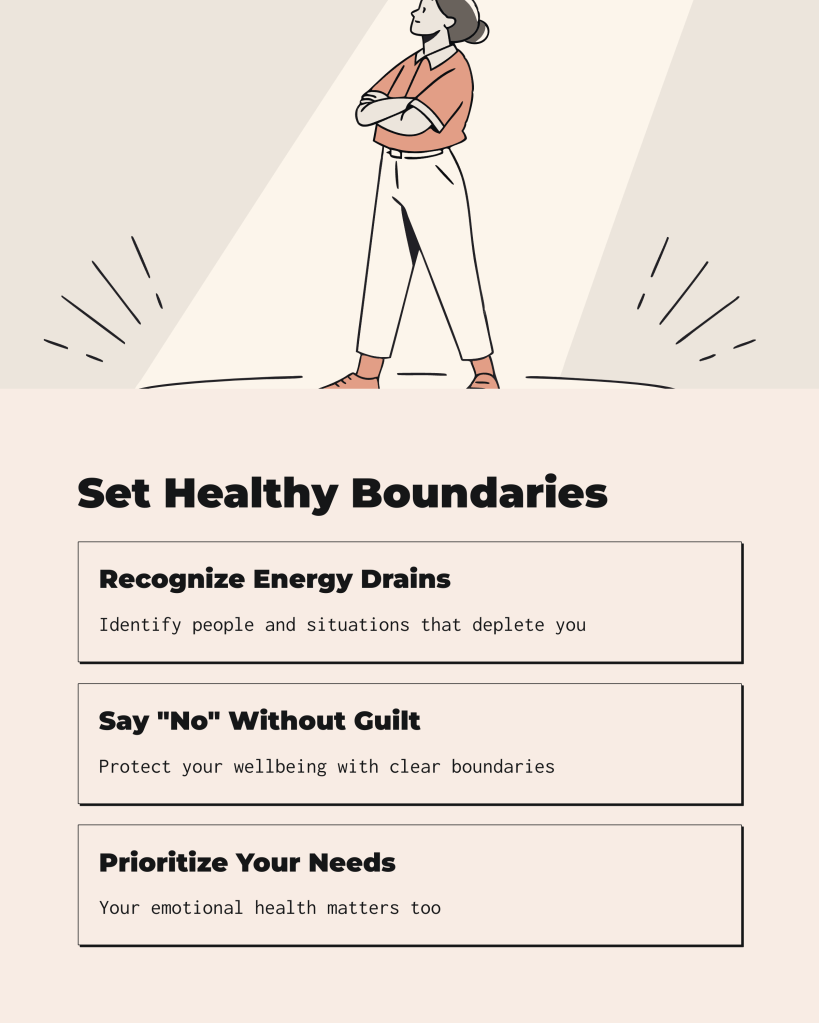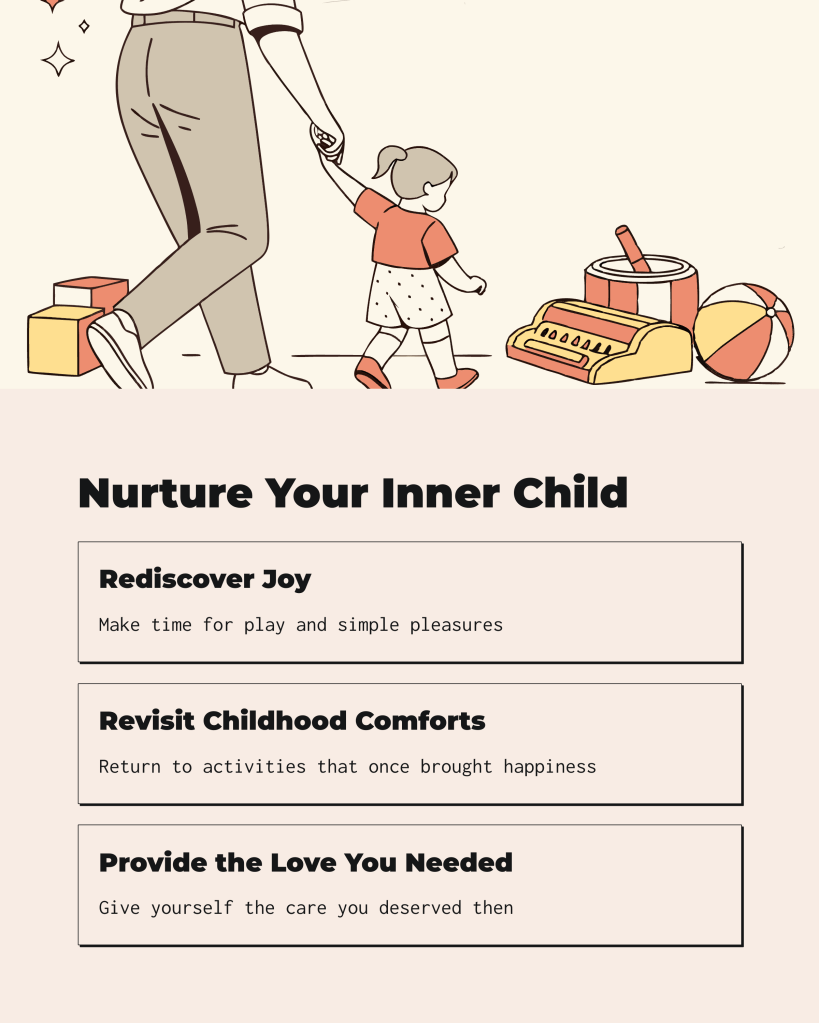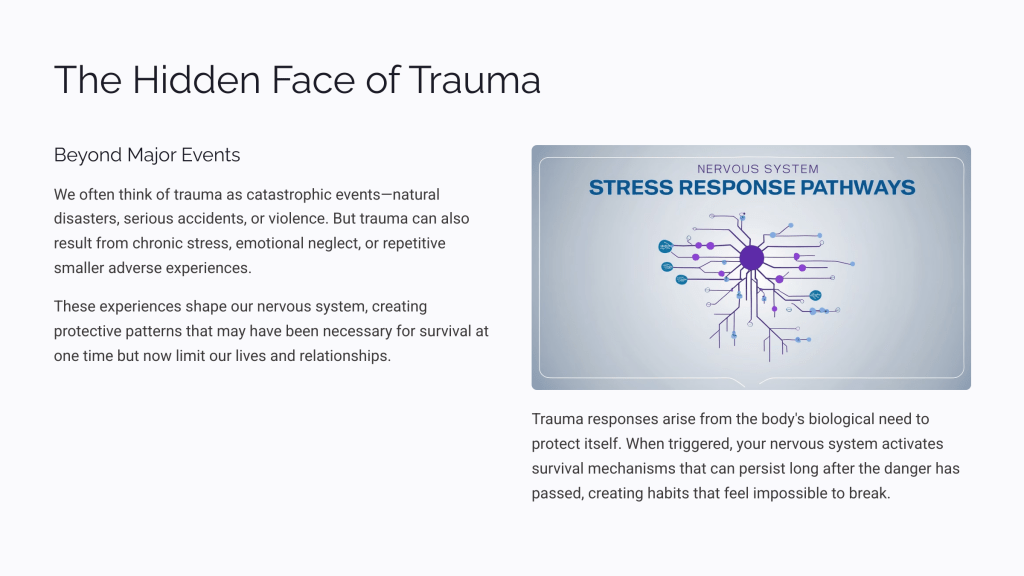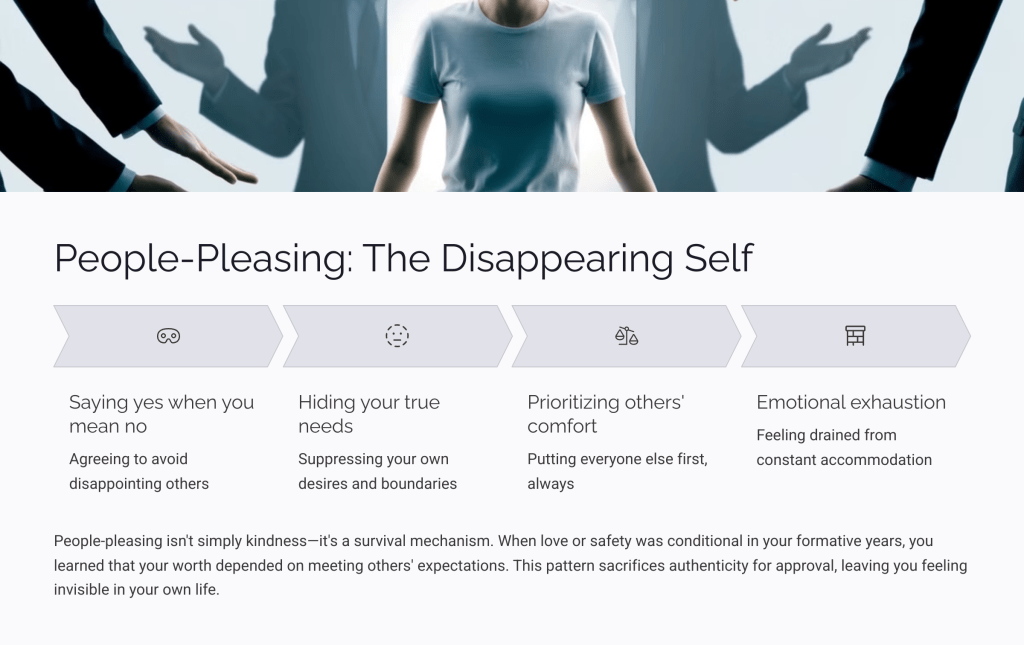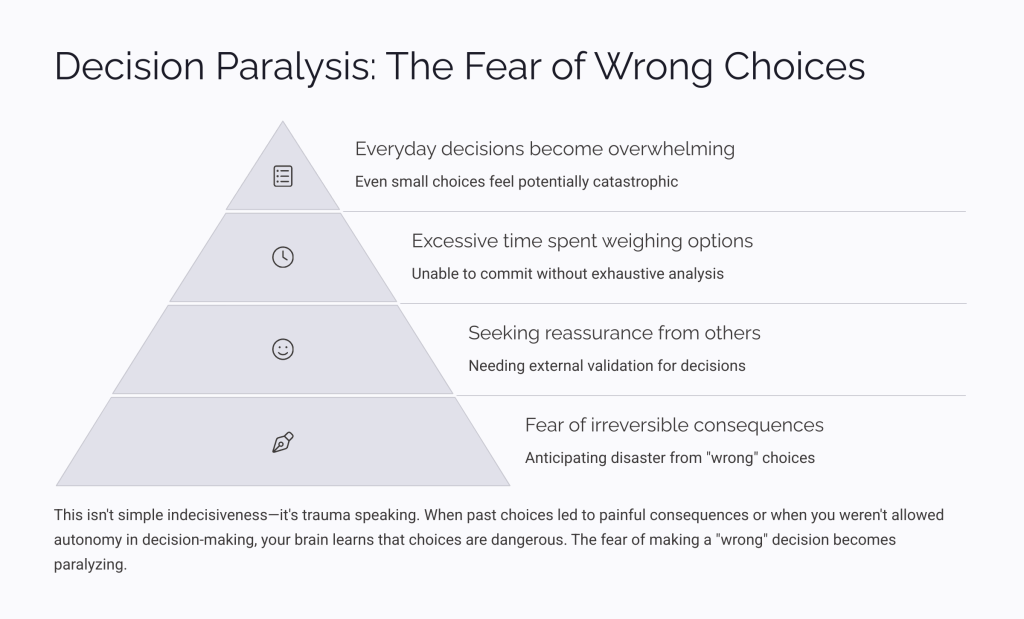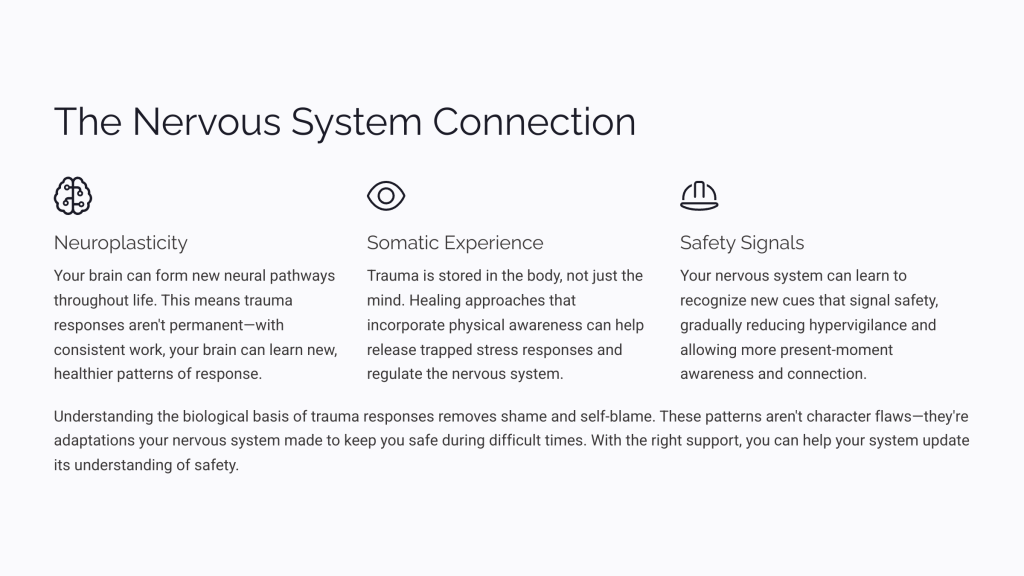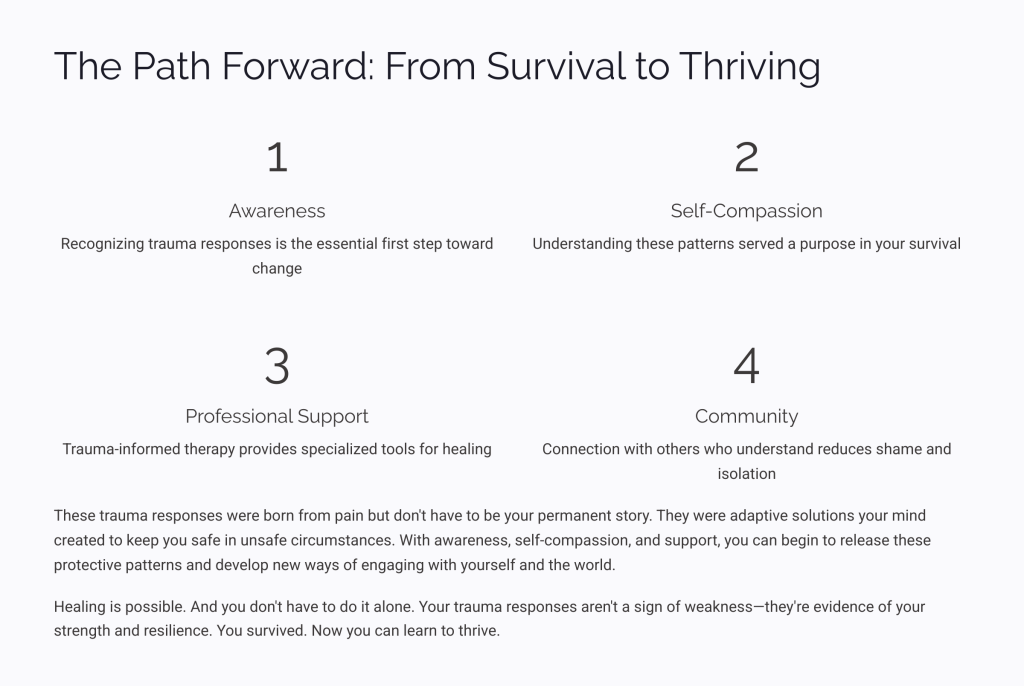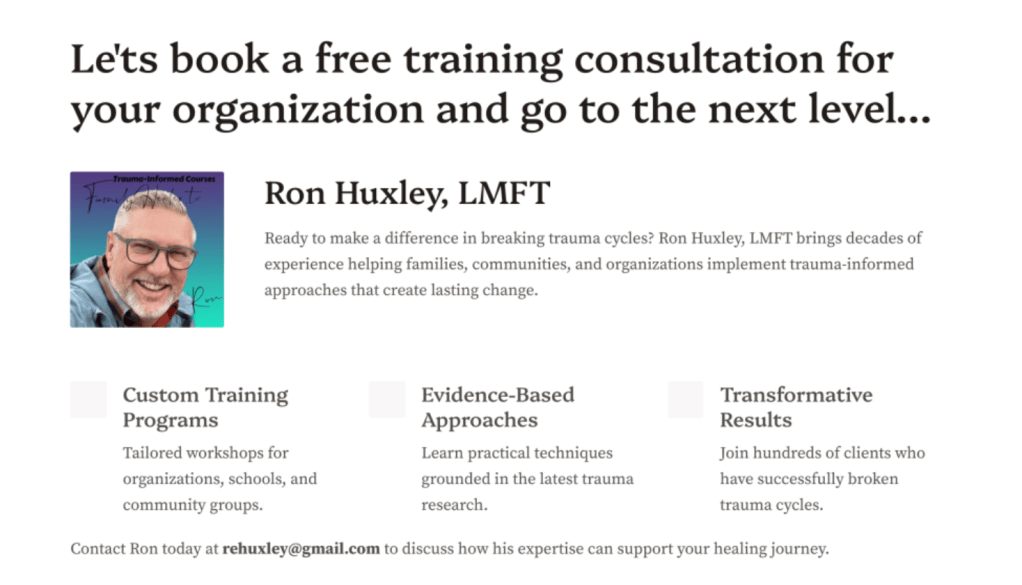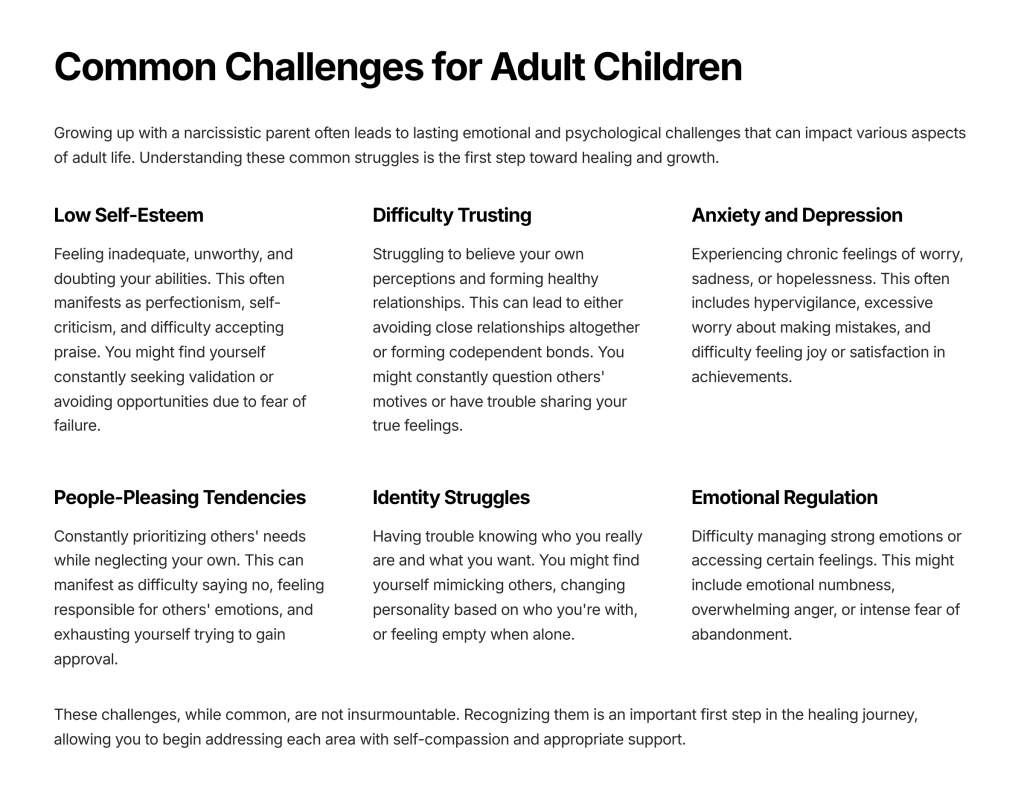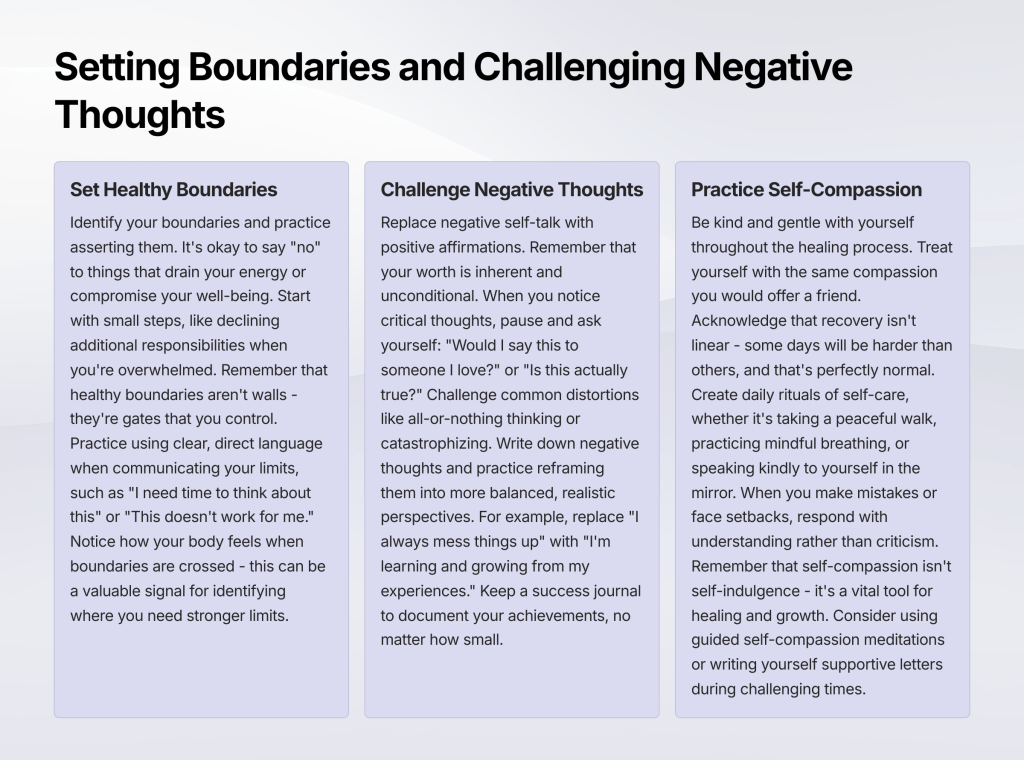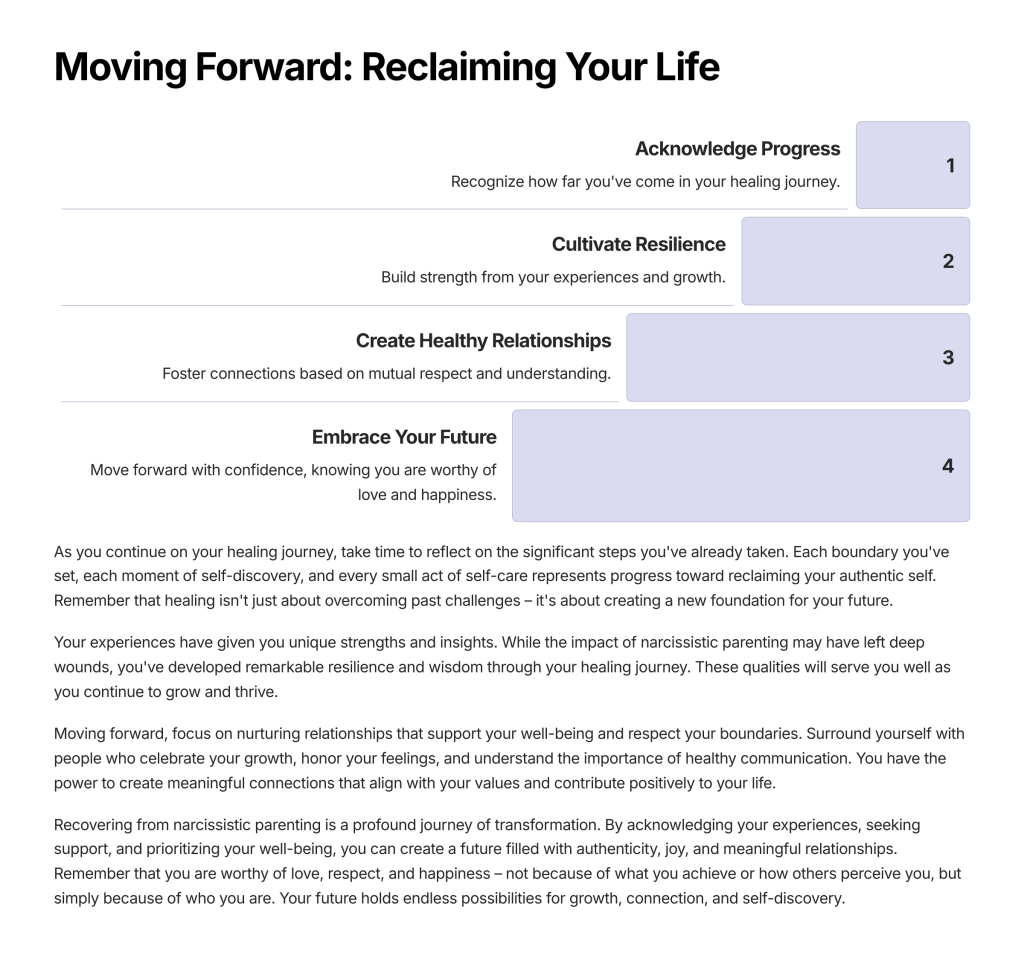Second-guessing oneself is a common experience that can lead to indecision, anxiety, and a lack of confidence. For many people, the constant cycle of doubting their choices and actions can be a significant challenge. However, there are ways to overcome this habit and build the confidence needed to make decisions with conviction.
Step 1: Recognize the Pattern:
The first step in overcoming second-guessing is to recognize the pattern. Pay attention to when and why you tend to doubt yourself. Is it in social situations, at work, or when making personal decisions? Understanding the triggers for your second-guessing can help you address the issue more effectively.
Step 2: Challenge Negative Thoughts:
Once you identify the pattern, work on challenging the negative thoughts that lead to second-guessing. Instead of assuming the worst or doubting your abilities, consciously replace negative thoughts with more positive and realistic ones. For example, if you catch yourself thinking “I can’t do this,” reframe it to “I have the skills and knowledge to tackle this.”
Step 3: Practice Self-Compassion:
It’s important to be kind to yourself when facing the challenges of second-guessing. Practice self-compassion by acknowledging that it’s okay to make mistakes and that everyone experiences moments of doubt. Treat yourself with the same understanding and encouragement that you would offer to a friend in a similar situation.
Step 4: Seek Support and Feedback:
Don’t be afraid to seek support and feedback from trusted friends, family members, or colleagues. Sharing your thoughts and concerns with others can provide a different perspective and help you gain clarity. Constructive feedback can also reinforce your confidence in making decisions.
Step 5: Take Action and Embrace Mistakes:
Overcoming second-guessing often involves taking action despite the uncertainty. Embrace the possibility of making mistakes and recognize that they are valuable learning opportunities. By taking decisive action, you can build confidence in your ability to handle challenges and make informed choices.
Step 6: Celebrate Achievements and Progress:
As you work on overcoming second-guessing, celebrate your achievements and progress along the way. Recognize and acknowledge the times when you make decisions without hesitation or doubt. By acknowledging your growth, you reinforce positive behaviors and build confidence in your decision-making abilities.
Overcoming the habit of second-guessing oneself is a gradual process that requires self-confidence, and a willingness to take action. By recognizing the pattern, challenging negative thoughts, seeking support, and embracing mistakes, individuals can gradually build the confidence needed to make decisions with conviction. Through consistent practice and perseverance, it is possible to break free from the cycle of second-guessing and approach life’s challenges with greater confidence and clarity.


